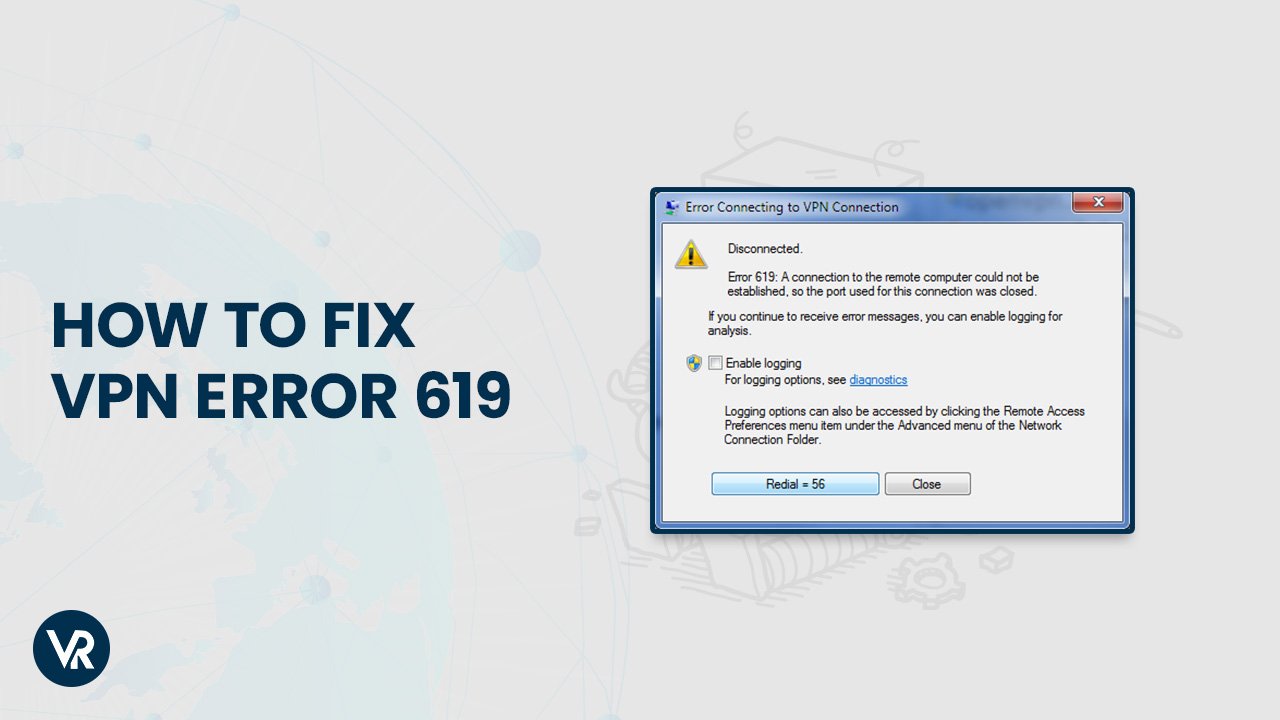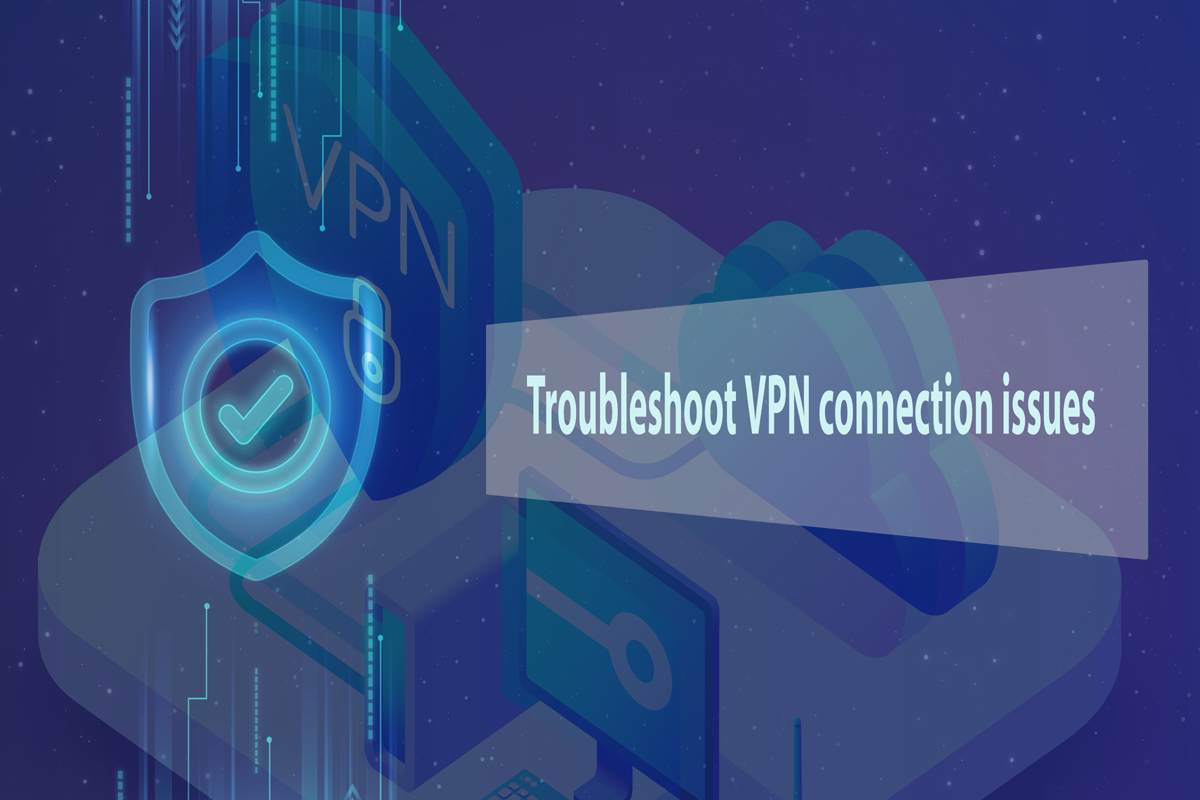Featured
Table of Contents
Troubleshoot The Genesys Cloud Webrtc Phone

The Routing and Remote Gain access to snap-in lives within the Microsoft Management Console, referred to as the MMC. There are several ways to access the MMC. You can pick the console from the Start menu's Programs choices, within the Administrative Tools folder within Windows server's Control board or by typing mmc at a command timely.
As Tech, Republic's Brandon Vigliarolo demonstrates within his video at the start of this article, the Providers console shows the status of the Routing and Remote Access entry. From within the Providers console and with the Routing and Remote Gain access to entry highlighted, you can click Start the Service or right-click the entry and choose Restart.
In some cases the VPN client and VPN server are set to using various authentication approaches. Validate whether an authentication mistake is the problem by opening the server console. Another technique of accessing the MMC is to type Control+R to open a command prompt in which you can type mmc and struck Go into or click OK.
If the entry isn't present, click File, choose Add/Remove Snap-in, pick the Routing and Remote Access alternative from the options and click Include, then OK. With the Routing and Remote Gain access to snap-in added, right-click on the VPN server and click Properties. Then, examine the Security tab to verify the authentication approach.
Troubleshoot Knox Issues - Samsung Knox Workspace
Guarantee the VPN client is set to the authentication technique defined within the Security tab. Generally the items simply examined are accountable for many VPN connection refusal mistakes. Other basics must be appropriate, too. For example, if the Windows Server hosting the VPN hasn't joined the Windows domain, the server will be not able to confirm logins.
IP addresses are another essential component for which administration should be correctly set. Each Web-based VPN connection usually uses 2 various IP addresses for the VPN customer computer. The very first IP address is the one that was assigned by the customer's ISP. This is the IP address that's utilized to develop the preliminary TCP/IP connection to the VPN server over the Internet.

This IP address usually has the exact same subnet as the local network and therefore allows the client to interact with the regional network. When you set up the VPN server, you need to configure a DHCP server to designate addresses to customers, or you can produce a bank of IP addresses to designate to customers straight from the VPN server.


If this alternative is chosen and the reliable remote access policy is set to permit remote gain access to, the user will be able to attach to the VPN. I have been not able to re-create the situation personally, I have heard reports that a bug exists in older Windows servers that can trigger the connection to be accepted even if the efficient remote access policy is set to deny a user's connection.
The 3 Most Common Vpn Problems And How To Fix Them

Another common VPN problem is that a connection is successfully developed however the remote user is unable to access the network beyond the VPN server. Without a doubt, the most typical reason for this issue is that approval hasn't been granted for the user to access the whole network. To permit a user to access the entire network, go to the Routing and Remote Gain access to console and right-click on the VPN server that's having the issue.
At the top of the IP tab is an Enable IP Routing check box. If this check box is made it possible for, VPN users will be able to access the remainder of the network, presuming network firewall programs and security-as-a-service settings allow. If the checkbox is not selected, these users will be able to gain access to only the VPN server, however absolutely nothing beyond.
For instance, if a user is calling straight into the VPN server, it's usually best to set up a static route in between the customer and the server. You can set up a static path by going to the Dial In tab of the user's properties sheet in Active Directory Users and Computers and picking the Apply A Static Path check box.
Click the Add Path button and after that go into the destination IP address and network mask in the area supplied. The metric must be left at 1. If you're using a DHCP server to designate IP addresses to customers, there are a number of other issues that might trigger users not to be able to go beyond the VPN server.
Why Your Vpn Keeps Disconnecting And How To Prevent It
If the DHCP server designates the user an IP address that is already in usage elsewhere on the network, Windows will discover the conflict and prevent the user from accessing the remainder of the network. Another typical problem is the user not receiving an address at all. The majority of the time, if the DHCP server can't appoint the user an IP address, the connection won't make it this far.
If the customer is designated an address in a variety that's not present within the system's routing tables, the user will be not able to navigate the network beyond the VPN server. Make sure the resources the user is trying to access are actually on the network to which the user is connecting.
A VPN connection to the other subnet might, in truth, be needed. A firewall program or security as a service option could also be to blame, so do not forget to examine those solutions' settings, if such elements exist between the VPN server and the resources the user looks for to reach.
The first possibility is that one or more of the routers involved is carrying out IP package filtering. I advise examining the client, the server and any devices in between for IP package filters.
Latest Posts
Best Vpn Services 2023 — Today's Top Picks
Best Vpns For Small Business In 2023
Vpn Connectivity And Troubleshooting Guide